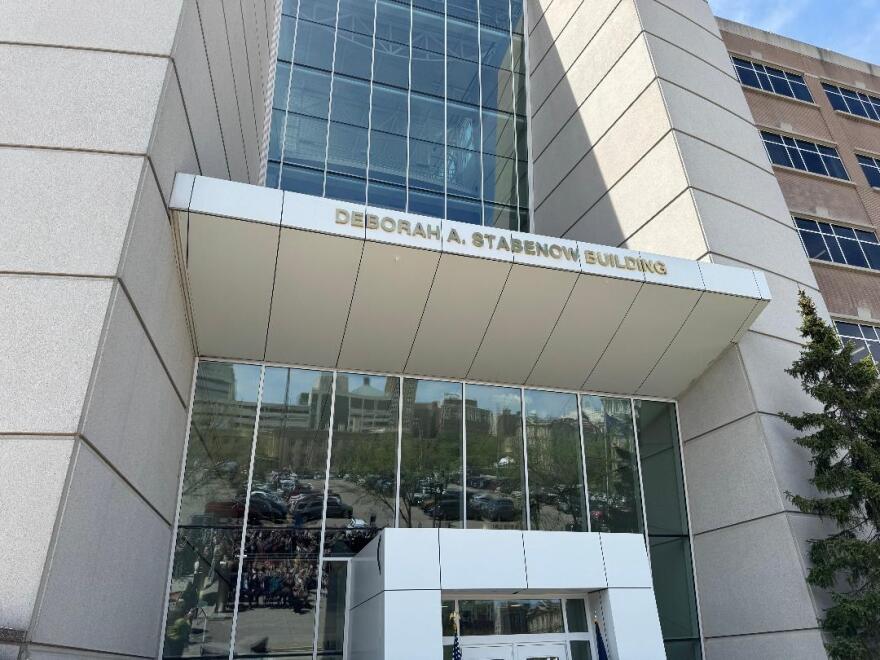Large livestock operations, known as Concentrated Animal Feeding Operations (CAFOs), generate billions of gallons of manure and wastewater each year. Without strong safeguards, this waste pollutes rivers, fuels toxic algal blooms in Lake Erie, and drives up costs for communities that depend on clean drinking water.

On August 8, 2025, the Michigan Department of Environment, Great Lakes, and Energy (EGLE) held a public hearing on the state’s 2020 CAFO General Permit — the rules that set limits on how these facilities manage their waste. Unlike wastewater treatment plants, which are strictly regulated, agriculture remains largely unregulated. The 2020 permit included new protections to better control pollution, but implementation has been delayed due to challenges from industrial farming groups.
“States have historically relied on voluntary best management practices to reduce runoff, but this approach has not been effective,” said Angela Blatt, Senior Agriculture Policy Manager at the Alliance for the Great Lakes. In 2015, the U.S. and Canadian governments set a goal to reduce total phosphorus entering the Western Lake Erie Basin by 40% by 2025, in an effort to curb harmful algal blooms and improve water quality. Nearly a decade later, this goal has not been met, despite hundreds of millions of dollars in public investment. “We cannot continue to rely on voluntary measures alone,” said Blatt. “The current strategy is both environmentally and financially unsustainable.”

Blatt’s testimony underscored the need for Michigan to adopt stronger protections — including limits on winter manure applications, safeguards for watersheds already struggling with pollution, and greater transparency in waste transfers. Without these changes, Michigan will continue to miss its phosphorus reduction goals for Lake Erie, leaving communities and ratepayers to bear the cost of polluted water.
“Without accountability and performance measurement, voluntary practices too often fail to deliver real results on the ground. Stronger, enforceable rules are the only way to reach our clean water goals,” said Blatt.
Looking Ahead
The Alliance for the Great Lakes will continue working with partners, regulators, and communities to push for stronger, science-based action on agricultural pollution. The Great Lakes provide drinking water for more than 40 million people. Protecting them means moving beyond voluntary measures and ensuring everyone — including large agricultural operations — does their part.
